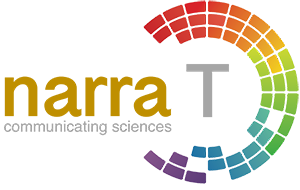Beetroot (Beta vulgaris) potential in preventing colorectal cancer using in-silico analysis
DOI:
https://doi.org/10.52225/narra.v5i2.1578Keywords:
Ulcerative colitis, colorectal cancer, beet root (Beta vulgaris), CDK4, DEG analysisAbstract
Colorectal cancer (CRC) is one of the leading causes of cancer-related mortality worldwide, necessitating the need for an effective therapeutic strategy. Beta vulgaris (beetroot) possesses active compounds that exert anti-cancer properties. The aim of this study was to evaluate the potential of beetroot as a preventative agent against the progression of CRC using differentially expressed gene (DEG) analysis and network pharmacology approaches. The protein-protein interaction network and molecular docking analyses were employed to assess the key interactions of beetroot active compounds with CRC-related target protein. Cytotoxicity of beetroot extract was experimentally evaluated using 3-(4,5-dimethylthiazol-2-yl)-2,5 diphenyl tetrazolium bromide (MTT) assay on the HT29 cell line. The result of this study showed that protein in the cell cycle was significantly enriched in CRC, with cyclin-dependent kinase 4 (CDK4) gene as one of the specific genes. Quercetin, galangin, hesperidin, farrerol, and betanin were the most typical compounds of beetroot based on the Comparative Toxicogenomics Database (CTD). Molecular docking studies revealed the strong binding affinity between quercetin (-7.04 kcal/mol) and bentanin (-8.11 kcal/mol) with CDK4. Beetroot demonstrated anticancer properties against the HT29 cell line with IC50 value of 39.03±1.4 µg/mL. In conclusion, the beetroot extract has inhibitory activity against HT29 cell line proliferation, highlighting its potential in preventing the development of CRC through the substantial suppression of gene expression within the cell cycle pathway.
Downloads
Downloads
How to Cite
Issue
Section
Citations
License
Copyright (c) 2025 Adisti Dwijayanti, Norma N. Azizah, Linda Erlina, Kusmardi Kusmardi, Sri S. Ningsih, Fadilah Fadilah, Najihah M. Hashim

This work is licensed under a Creative Commons Attribution-NonCommercial 4.0 International License.



